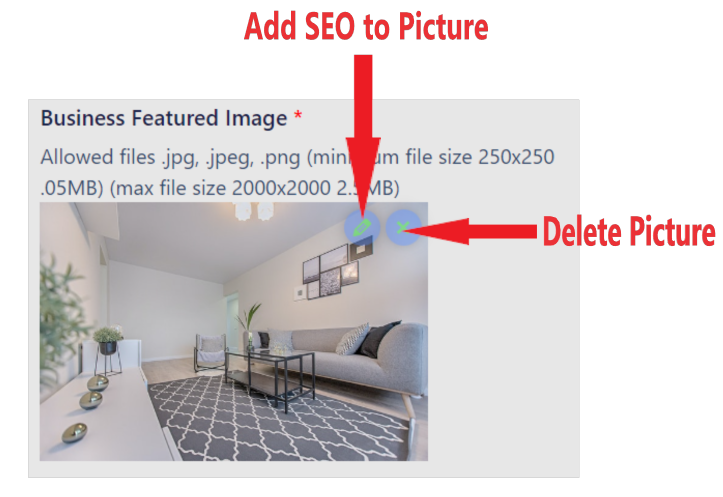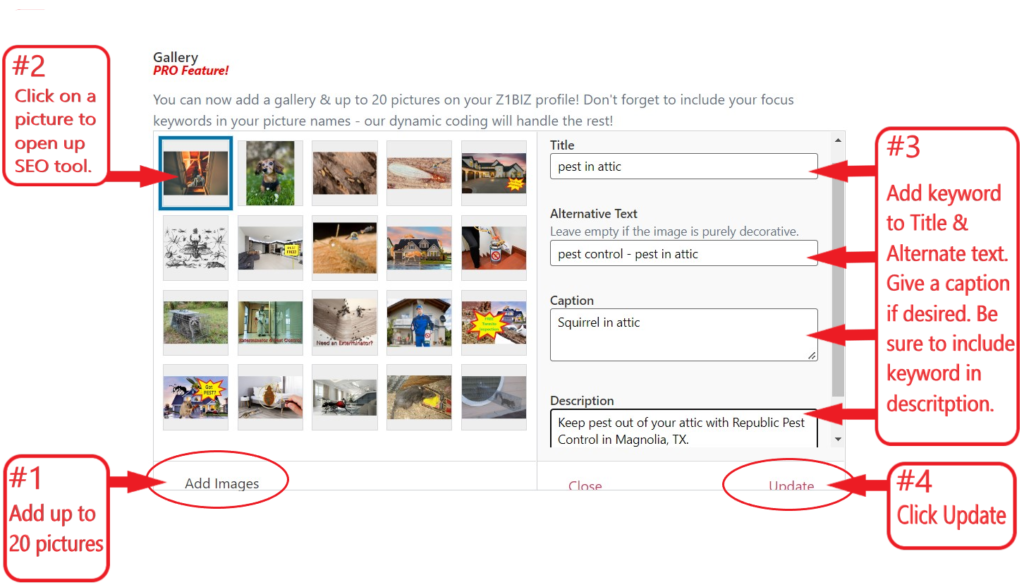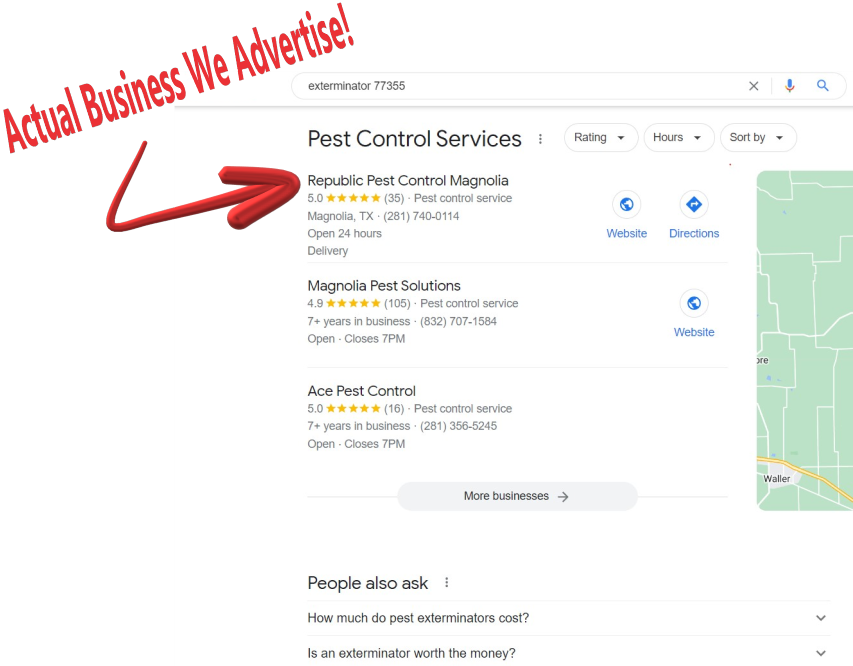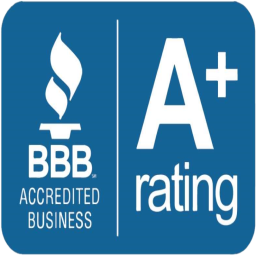In the ever-expanding digital landscape, where businesses strive to leave their mark and engage with online audiences, an effective digital marketing strategy is essential. Among the pillars of digital marketing, four abbreviations stand out: SEO, SEM, SMM, and SMO. Each of these plays a unique role in boosting online visibility, attracting customers, and maximizing brand exposure. In this article, we’ll unravel the differences between SEO, SEM, SMM, and SMO, helping you understand their distinct contributions to your digital marketing efforts.
SEO: Aiming for the Top Spot
Search Engine Optimization (SEO) is the art and science of enhancing a website’s visibility in organic search engine results. By optimizing various elements such as content, keywords, metadata, and website structure, SEO aims to rank a website higher in search engine listings. The primary goal is to drive organic, non-paid traffic to a website, increase its online presence, and establish authority in search engine rankings.
SEM: Speeding Ahead with Paid Advertising
Search Engine Marketing (SEM) employs paid advertising strategies to increase a website’s visibility in search engine results pages. Unlike SEO, which focuses on organic results, SEM involves pay-per-click (PPC) campaigns. Through platforms like Google Ads, businesses bid on specific keywords and create compelling ads. When users search for those keywords, the ads are displayed prominently, boosting the chances of attracting immediate clicks and driving targeted traffic to the website.
SMM: Harnessing the Power of Social Media
Social Media Marketing (SMM) revolves around utilizing social media platforms to engage with the audience, build brand awareness, and promote products or services. By crafting engaging content, running paid advertisements, and fostering meaningful interactions, SMM aims to create a loyal community of followers. Platforms like Facebook, Twitter, Instagram, and LinkedIn offer extensive targeting options, allowing businesses to reach specific demographics and engage with potential customers effectively.
SMO: Socializing for Optimal Online Presence
Social Media Optimization (SMO) complements SMM by optimizing social media profiles and content for enhanced visibility and engagement. SMO focuses on fine-tuning various elements, including profile information, visuals, hashtags, and sharing options. The goal is to increase the likelihood of content being shared, liked, and commented on, thereby expanding its reach and driving more traffic to the website. SMO encourages the creation of shareable content and facilitates seamless social media integration across multiple platforms.
Conclusion
In the realm of digital marketing, where competition is fierce and attention spans are short, understanding the differences between SEO, SEM, SMM, and SMO is crucial. SEO lays the foundation for organic visibility, SEM accelerates results through paid advertising, SMM fosters brand engagement on social platforms, and SMO optimizes content for maximum social sharing. A comprehensive digital marketing strategy may leverage one or more of these approaches, depending on the specific goals and target audience. By utilizing this digital marketing quartet effectively, businesses can increase their online presence, attract the right audience, and ultimately achieve their marketing objectives











































